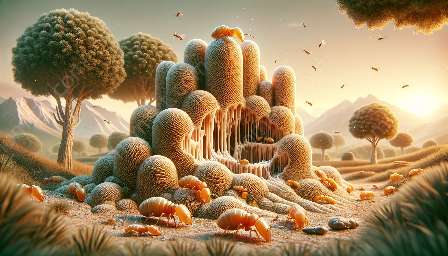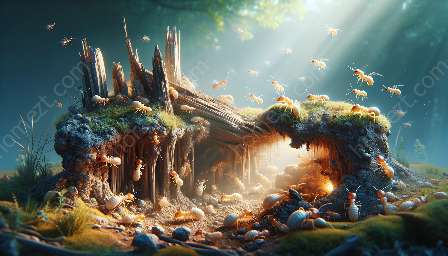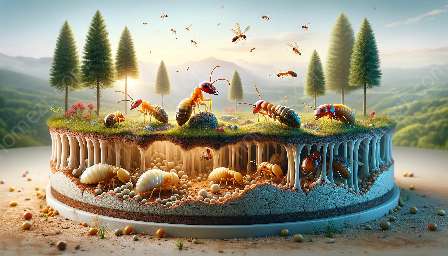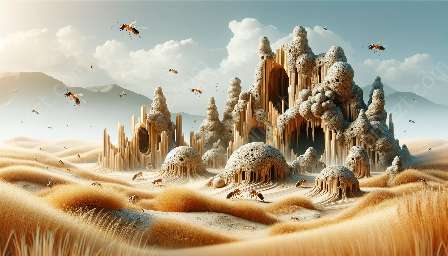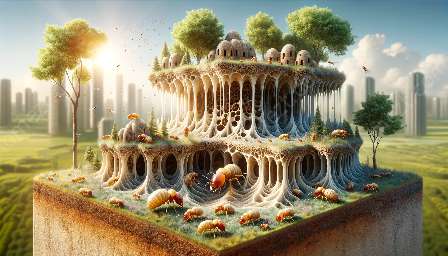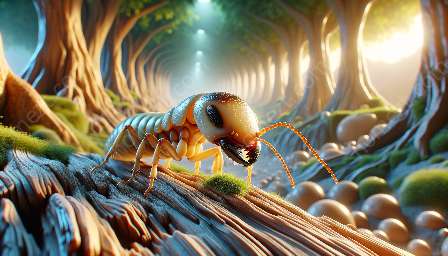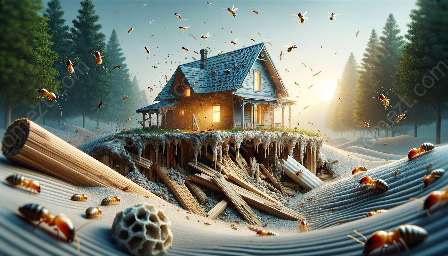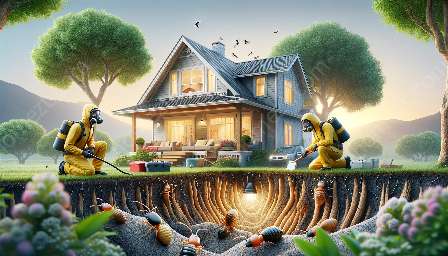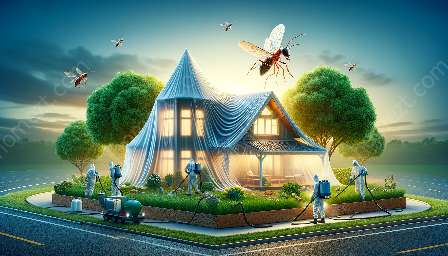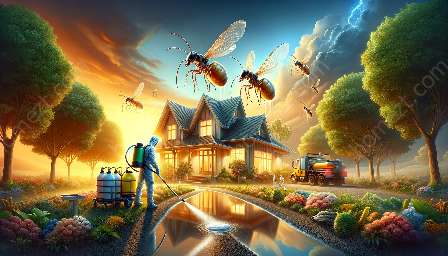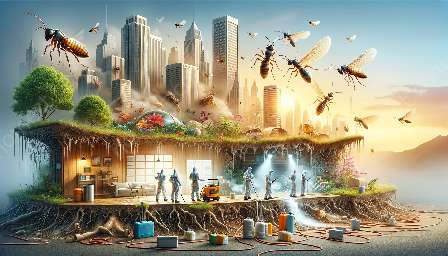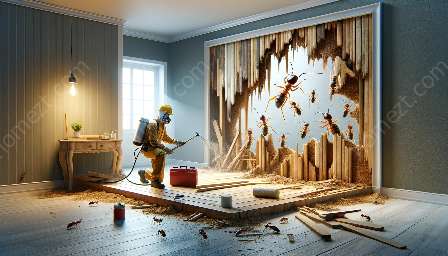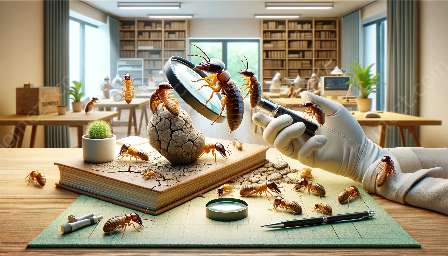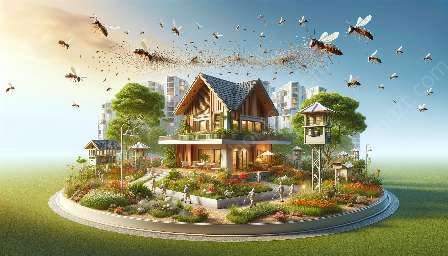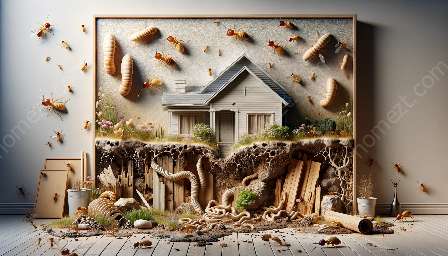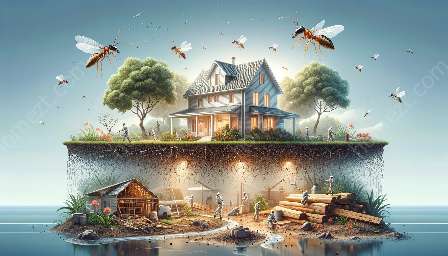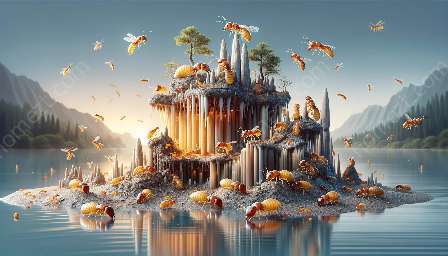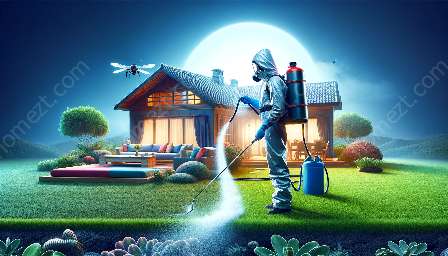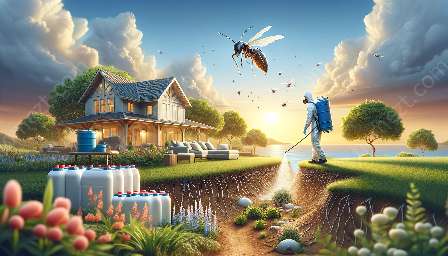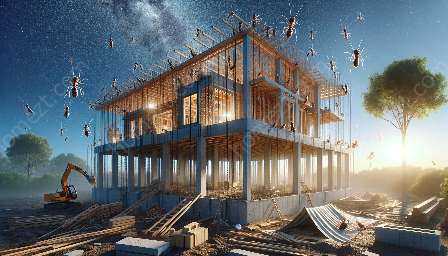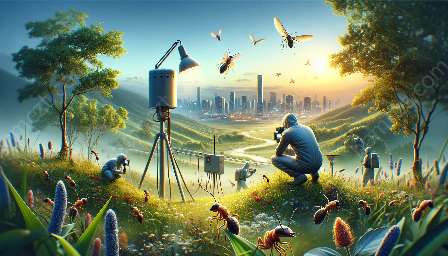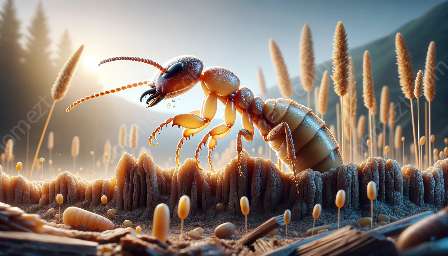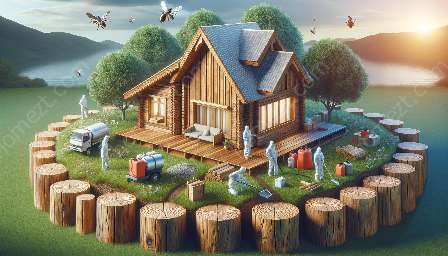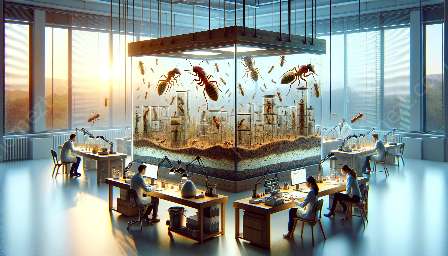The intricate and fascinating biology of termites plays a crucial role in understanding effective pest control strategies. This topic cluster aims to explore various aspects of termite biology, including their social structure, behavior, and life cycle, in a way that is compatible with pest control.
The Social Structure of Termites
Termites are social insects that live in colonies, similar to ants and bees. The colony is composed of different castes, including workers, soldiers, and the reproductive individuals.
Workers
Workers are the most numerous caste in the termite colony. Their primary role is to forage for food, build and maintain the nest, and feed other members of the colony.
Soldiers
Soldiers are responsible for defending the colony against potential threats, such as predators or other termite species. They have large mandibles or jaws that they use to fend off attackers.
Reproductive Individuals
Reproductive individuals are the kings and queens of the colony. They are responsible for mating and producing offspring to expand the colony.
Behavior of Termites
Termites are known for their complex behaviors, including the construction of elaborate nests and tunnels. They communicate using pheromones and vibrations, which allows them to coordinate activities within the colony.
Feeding Habits
Termites are known for their ability to digest cellulose, the main component of plant fibers. This enables them to feed on wood and other plant materials, making them a significant threat to wooden structures and crops.
Nest Building
Termites construct their nests using a combination of soil, chewed wood, and their own secretions. These structures provide protection and regulate the internal environment, allowing the colony to thrive.
Life Cycle of Termites
The life cycle of termites consists of egg, nymph, and adult stages. The reproductive individuals, or alates, participate in swarming flights to find mates and establish new colonies.
Swarming
During swarming, alates emerge from the colony in large numbers, typically after rainfall. They fly for a short distance, shed their wings, mate, and begin the process of establishing a new colony.
Colonization
Once a mated pair has found a suitable site, they begin to build a new colony. The queen lays eggs, which hatch into larvae and develop through successive molts into workers, soldiers, and future alates.
Termites and Pest Control
Understanding termite biology is essential for effective pest control. By comprehending their behavior and life cycle, pest control professionals can develop targeted strategies to mitigate termite infestations.
Preventive Measures
Preventing termite infestations involves measures such as eliminating moisture sources, reducing wood-to-soil contact, and conducting regular inspections of structures for signs of termite activity.
Treatment Options
When infestations occur, treatment options include chemical barriers, bait systems, and physical barriers to prevent termites from accessing buildings and causing damage.

